Regional educational ecosystem: co-creation, co-opetition, community
On the basis of scientific research expedition in Chelyabinsk region.
Our tasks were:
Developing a mental map of the educational initiatives support and development infrastructure (federal programs, grant and competitive tools)
Studying interactions, partnerships and horizontal ties with of educational organizations in the innovative activity
Exploring strategies for integrating educational initiatives into federal and regional development projects
Method was a semi-structured interview with three types of respondents:
1) representatives of Education Development Centers and Institutes;
2) representatives of regional platforms of expert, informational, technical and financial support of educational initiatives;
3) authors of educational initiatives and innovation projects.
The results of the study are summarized below.
Our tasks were:
Developing a mental map of the educational initiatives support and development infrastructure (federal programs, grant and competitive tools)
Studying interactions, partnerships and horizontal ties with of educational organizations in the innovative activity
Exploring strategies for integrating educational initiatives into federal and regional development projects
Method was a semi-structured interview with three types of respondents:
1) representatives of Education Development Centers and Institutes;
2) representatives of regional platforms of expert, informational, technical and financial support of educational initiatives;
3) authors of educational initiatives and innovation projects.
The results of the study are summarized below.
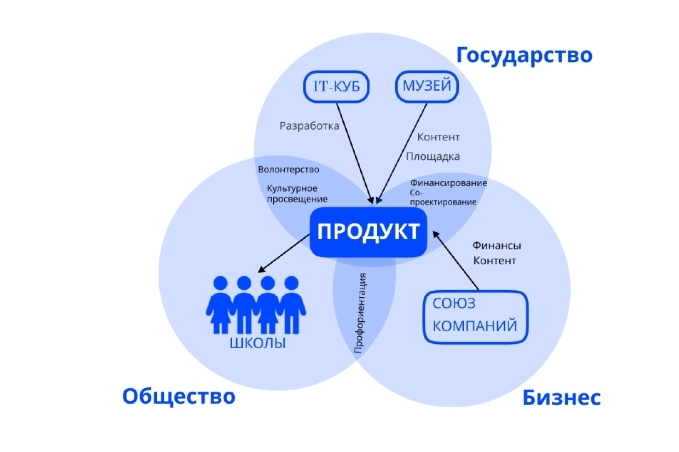
The system of educational innovation support emphasizes the culture of institutional inclusion, openness, partnerships and collaborations based on cross-disciplinarity. Thus, according to many respondents, pure competition for federal, regional and municipal sources of funding and for the audience of students is becoming a dead-end strategy. Pure competition is getting replaced by co-opetition - a situation in which educational organizations jointly create innovative value and each organization finds its own way to extract part of the resources for its own development. For example, educational organizations are seeking to differentiate their products to offer more complementary products to audiences, to spread out classes over time, and to collaborate to organize large-scale joint events.
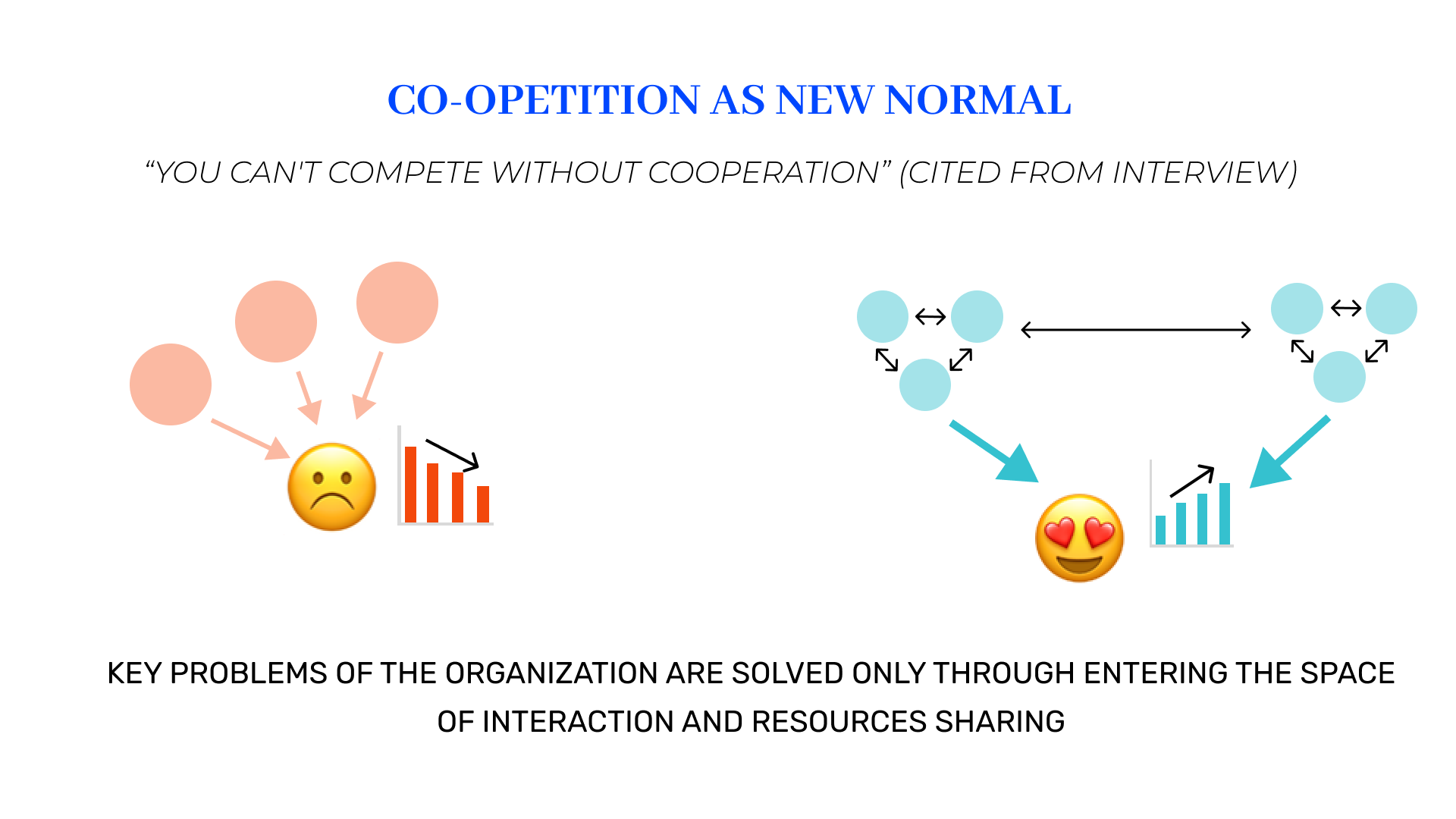
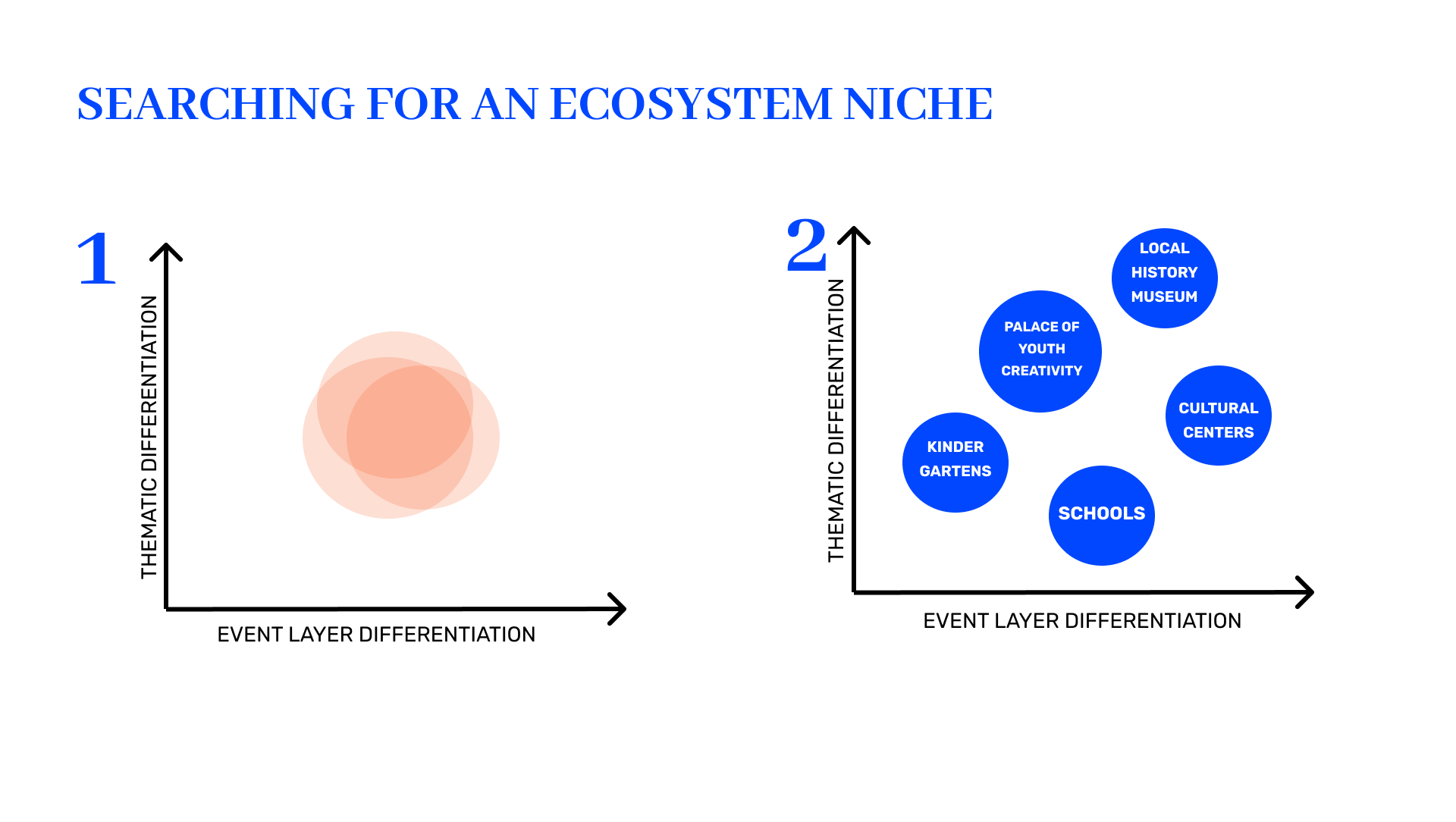

Co-creation vs consumption
Educational initiatives unfolds in a spirit of co-creation with the community and organizations from other fields. Community becomes an active participant of innovative solutions, not only a beneficiary. Educational organizations involve innovators and community leaders working in the field of social design, developing a culture of co-designing educational initiatives. An increased attention is paid to non-conventional providers of educational services (museums, art spaces, IT-parks, makerspaces, non-commercial organisations, etc.) as promising partners in co-creation and implementation of innovative projects with an active exchange of roles between different types of institutions (education entertains, immersive formats of creative spaces educate). For example, an industrial partner not only provides equipment, places for internships, and formulates an order for certain competencies of students, but also supervises students' work on applied research projects and facilitates the realization of their ideas into new technological solutions.

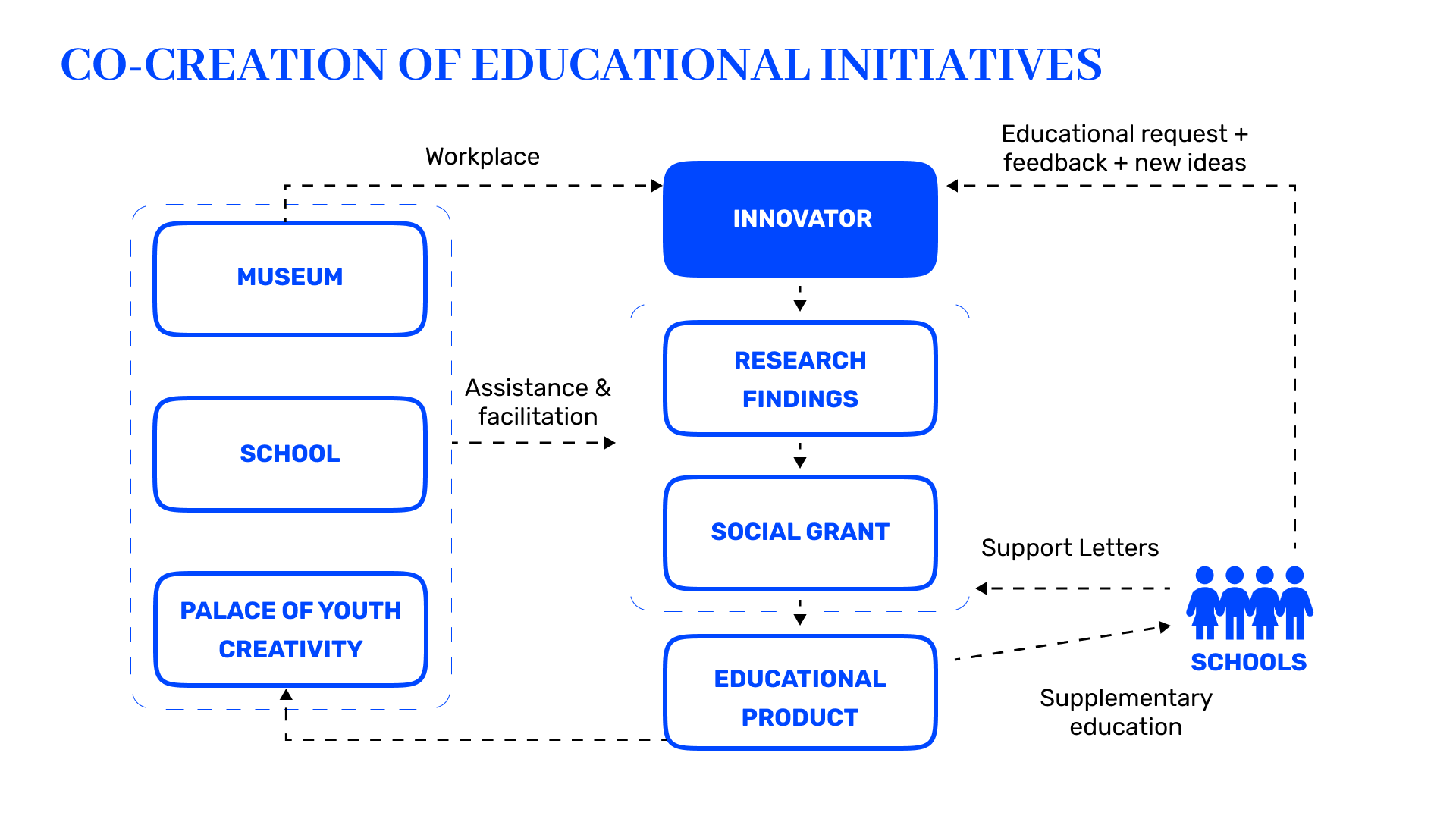
.png)
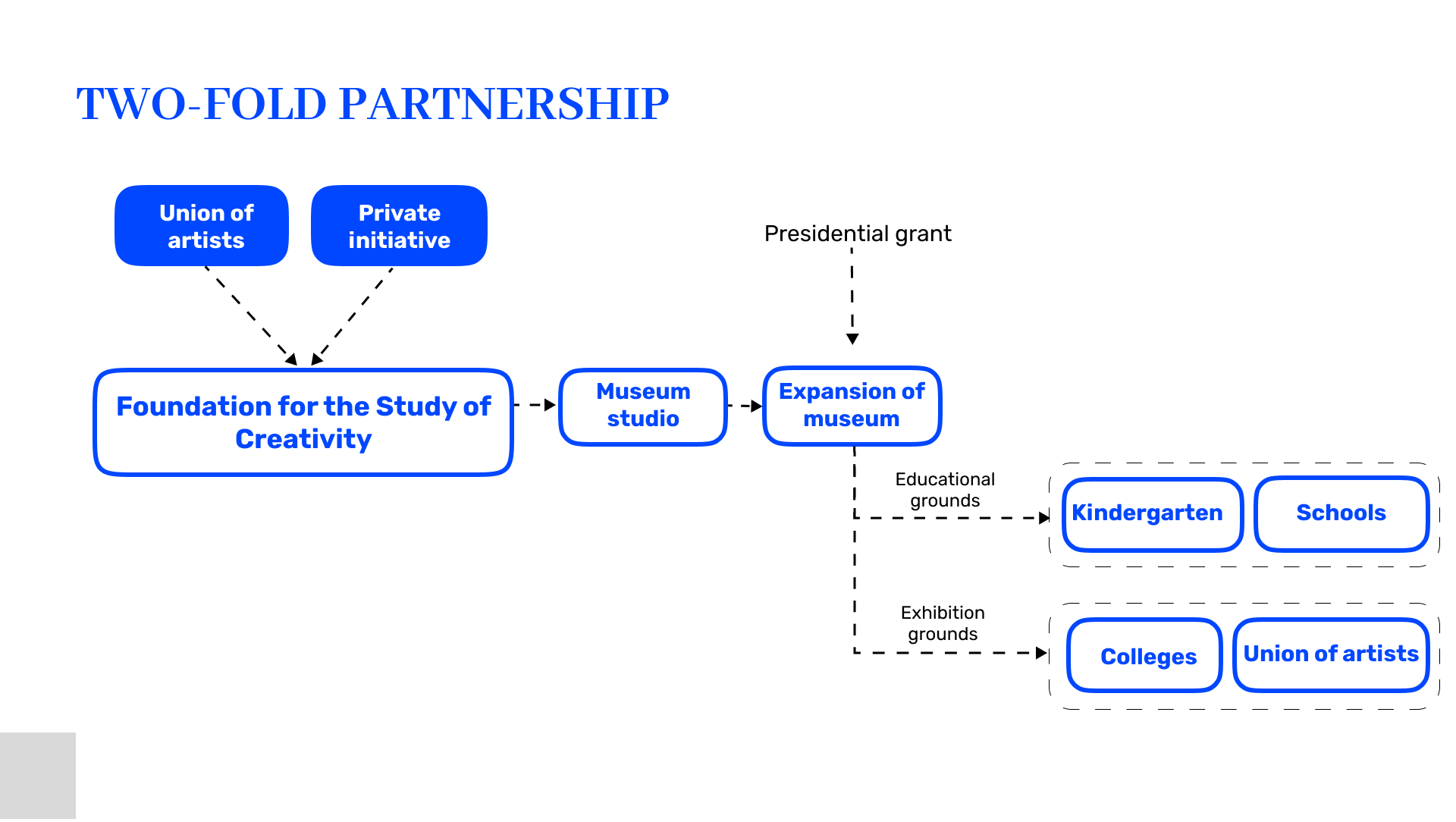
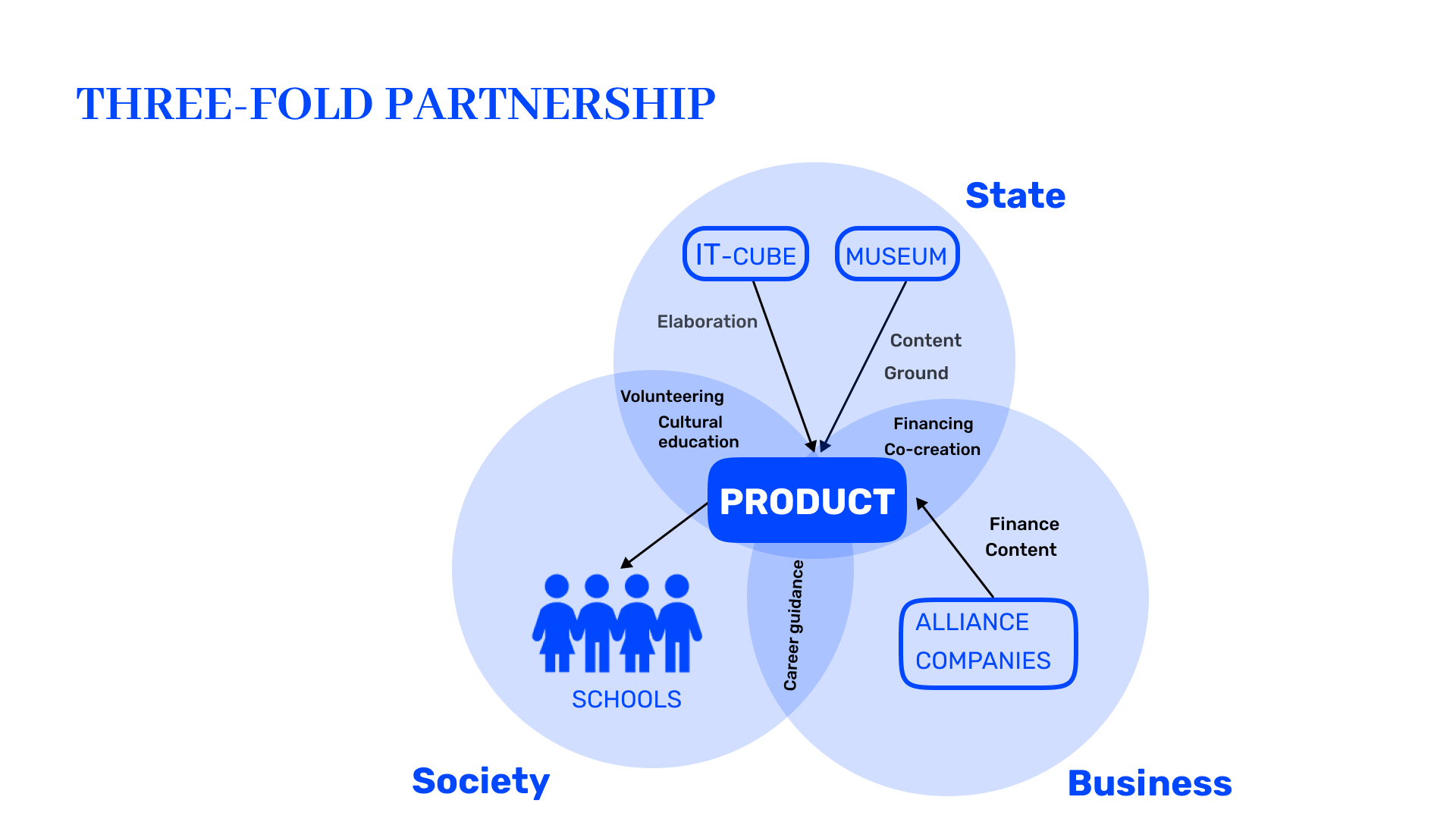
Collaboration in self-reinforcing cycle
New mechanisms of transfer and mutual reinforcement of innovations are developing. There is a horizontal transfer of innovative skills and practices through individuals who are the carriers of experience and tacit knowledge and bring them to a new environment/location through collaborative activities. The self-reinforcing cycle arises due to the system of positive feedback between the scientific and applied results of the educational organisation, the level of students' training and the benefits of external partners. The key role could be played by some attractors like the nested structures of the university (quantorium, IT-cube, project school at the university, student scientific societies, R&D department). For example, students’ innovative projects through the full cycle from idea to implementation, strengthen the scientific, project and consulting competencies of teachers and the university as a whole, contributing to the formation of a supportive innovative environment and the emergence of stronger innovative solutions at the next iteration.
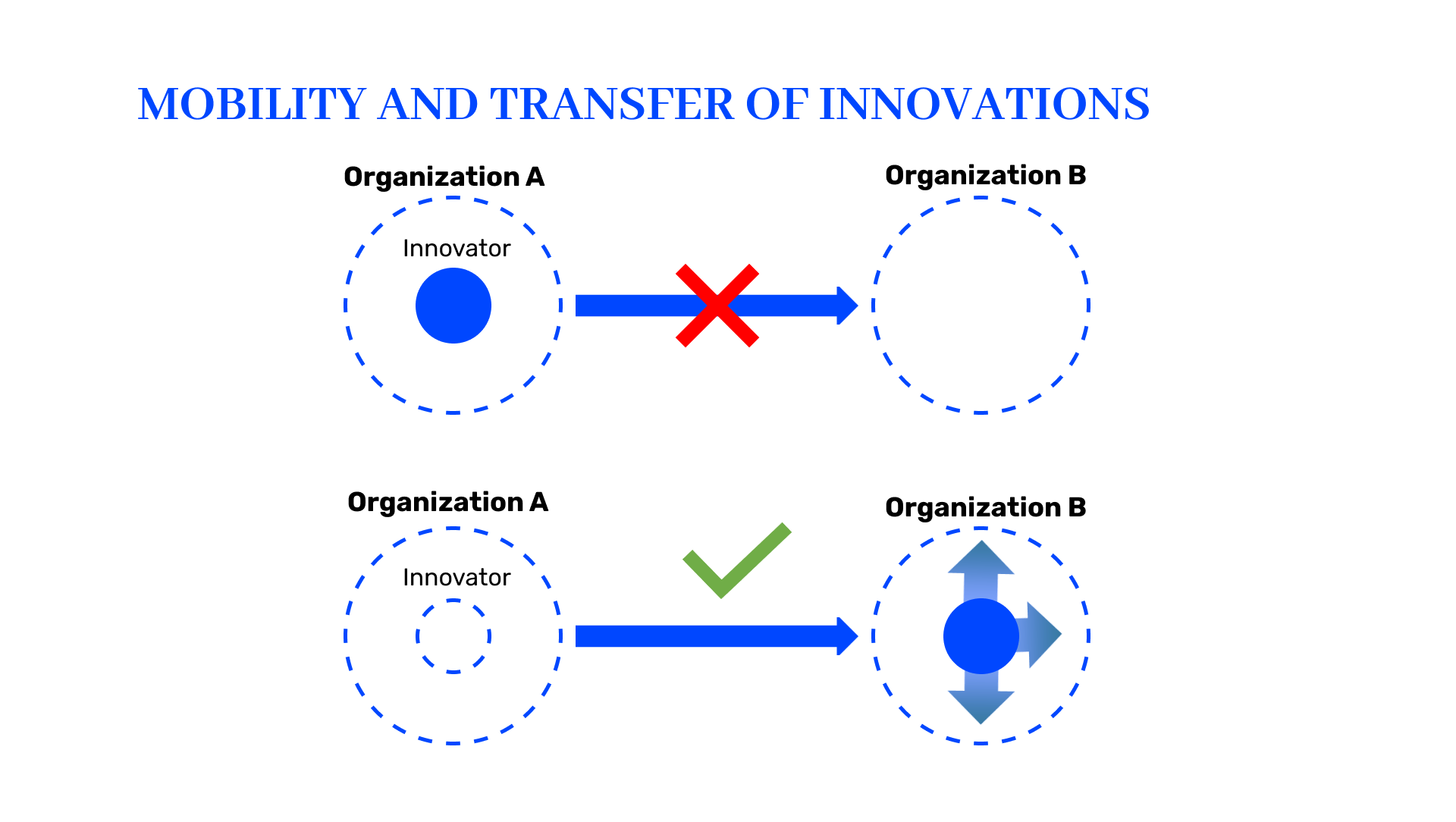

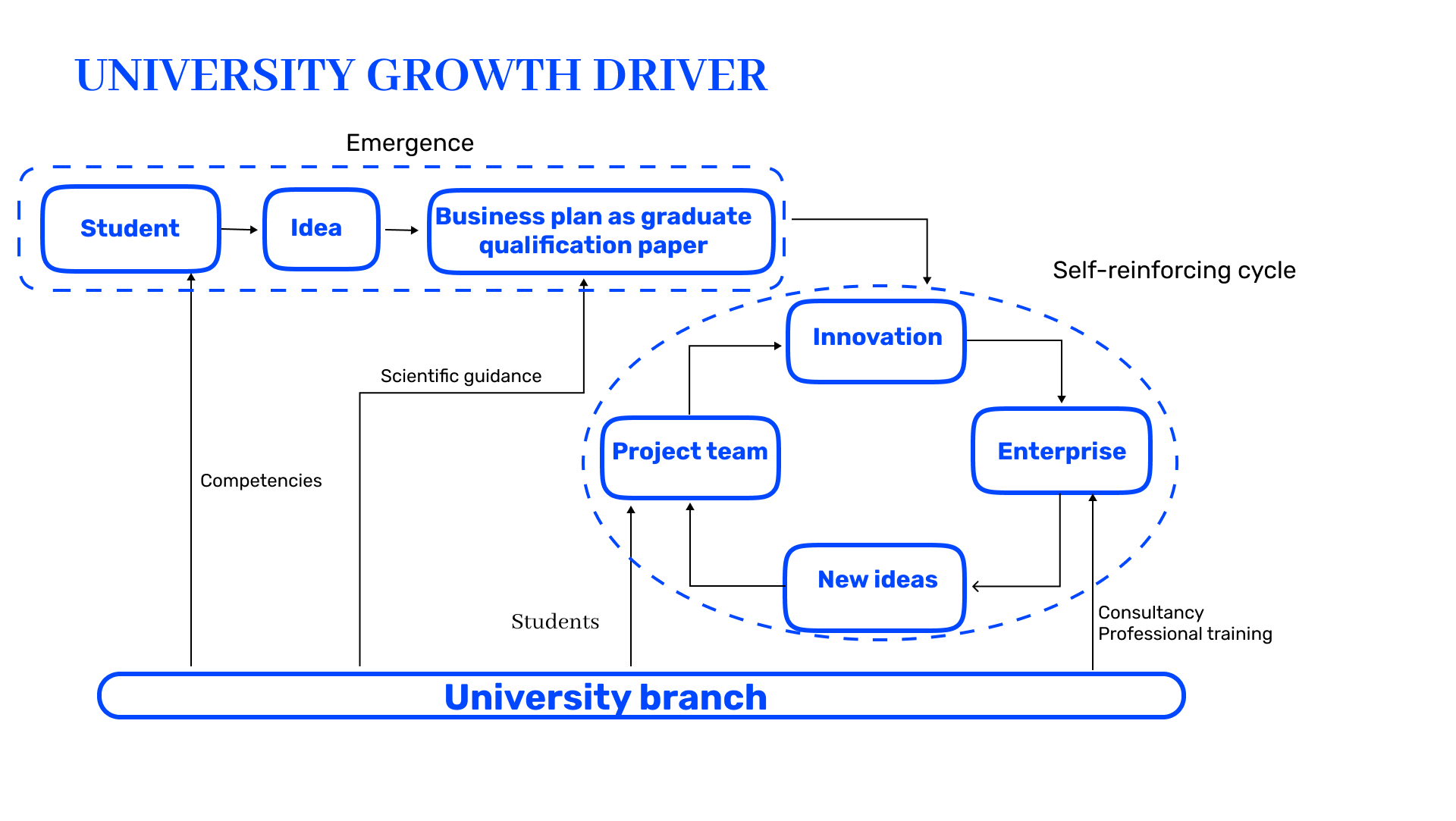

Drivers of strengthening horizontal ties in the innovative educational sphere
1. Forming culture of open and inclusive collaboration: information transparency, inter-organisational and cross-disciplinary teams
2. Changing institutional roles as collaborative practice (taking on roles of prototype developer, holder of creative spaces, media-center, community leader, project hub etc)
3. Search for potential partners among new actors (business accelerators, fablabs, communication companies) and in related fields for joint participation in complex and cross-curricular federal, regional and city projects and grant competitions.
CONTACTS: dtomasova@hse.ru
Date
August 07, 2023
Authors